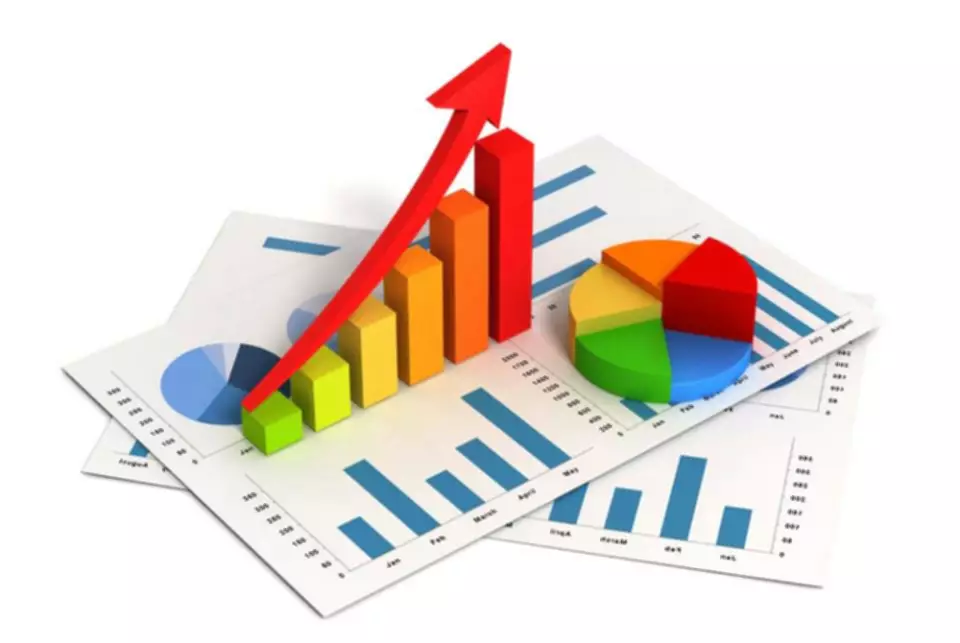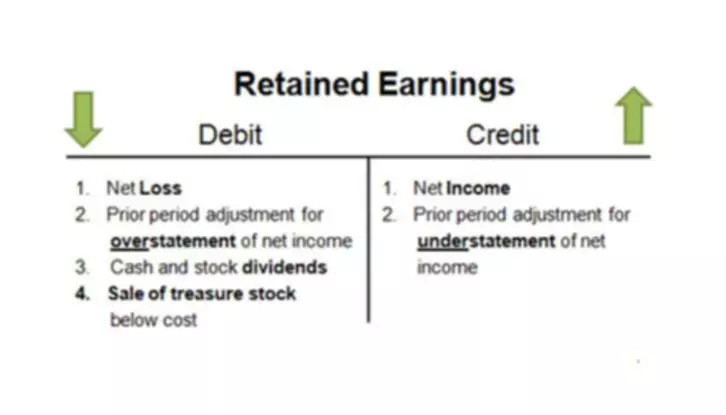Content
- SG&A Examples
- Benefits and Limitations of Selling, General & Administrative Expenses (SG&A)
- Cut overhead costs
- Administrative Expenses, Operating Expense, and SG&A
- Selling, General & Administrative Expense (SG&A) Explained
- When Are Taxes Due for Businesses?
- Selling, General and Administrative (SG&A)

Your income statement reports your business’s profits and losses over a specific period of time. The way you list your SG&A and operating expenses on your income statement is completely up to you. Monitoring your company’s SG&A can show you where you need to cut costs.

Bench assumes no liability for actions taken in reliance upon the information contained herein. This means that 26.65% of every dollar XYZ Inc. earns gets spent on SG&A expenses.
SG&A Examples
Selling expenses are those that are directly related to the sales process and include these types of expenses. Most accounting software applications take care of tracking of SG&A expenses, providing business owners with an easy way to analyze the results.
- General costs such as office supplies, telephone bills, and postage are considered to be administrative expenses.
- Business accounting software can help accurately and efficiently track your SG&A and other expenses and help you improve your company’s financial health.
- Understanding and controlling SG&A can help companies manage their overhead, reduce costs and sustain profitability.
- Operating costs are expenses companies incur during normal operations.
- Their SG&A charges would be understated and their profitability inflated.
- When these expenses are deducted from the gross margin, the result is operating profit.
Suppose that a bank invests heavily in its customer service experiences. It therefore has higher selling costs on its income sheet, but it also has higher sales. The profitability therefore increases as well, ofsetting those higher sg&a meaning costs. In contrast, the cost of goods sold is the actual cost incurred to produce and deliver a product. It ranges from the raw materials to make the product, to the shipping costs and taxes required to get it to the buyer.
Benefits and Limitations of Selling, General & Administrative Expenses (SG&A)
As a business executive, you’re no doubt familiar with profit and loss. Firms must often reduce SG&A costs through cost-cutting moves, such as employee layoffs, when they grow too large without a rise in sales. The same might happen when sales drop for a long stretch of time. Program Costs means all necessary and incidental costs of providing program services. Production Costs means those costs and expenditures incurred in carrying out Production Operations as classified and defined in Section 2 of the Accounting Procedure and allowed to be recovered in terms of Section 3 thereof. SG&A will not include interest expense since interest expense is reported as a nonoperating expense.
Indirect selling expenses are incurred either before or after the sale is made, and examples include salaries, benefits, and wages for salespeople, travel, and accommodation expenses. This may encompass expenses directly related to a company’s product line, services, brand, or image. A company may choose to aggregate marketing costs with advertising costs, though some companies may have enough reason to segregate these costs.
Cut overhead costs
The better you track daily spending in your business today, the less likely it’ll get out of control in the future. Typically you’ll calculate SG&A when putting together an income statement, which you can do easily with the help of our handy income statement template. Cleanup Costs means expenses incurred in testing for, monitoring, cleaning up, removing, containing, treating, neutralizing, detoxifying or assessing the effects of Pollutants. As a business owner, you have many options for paying yourself, but each comes with tax implications. Getting tax return and payment filing done on time is easier when you know what to expect and when they are due.
Both operating expenses and SG&A are key components of tracking net income, or what’s left over after subtracting expenses and taxes from revenue. As these costs do not directly relate to production or sales volumes, they are generally fixed — or semi-fixed — and listed on the company’s income statement as indirect costs. Often, the objective of a company’s cost-reduction strategy is to lower costs in this category. SG&A expense is a line item on the income statement, though sometimes sales and marketing expenses are reported separately from general and administrative expenses. Salaries paid to employees who are not directly involved in manufacturing products or servicing clients are considered SG&A expenses. This includes wages and commissions paid to the sales team, as well as the salaries paid to administrative personnel, accountants and engineers. Officer salaries and fees are SG&A expenses, as are employee bonuses and pension costs.
Selling, general, and administrative expenses (SG&A) are those incurred to keep your business running. SG&A expenses are always separately tracked from your cost of goods sold and are considered a part of doing business. The selling, general and administrative expense (SG&A) is comprised https://www.bookstime.com/ of all operating expenses of a business that are not included in the cost of goods sold. Management should maintain tight control over these costs, since they increase the break even point of a business. SG&A appears in the income statement, below the cost of goods sold.

Recent Comments